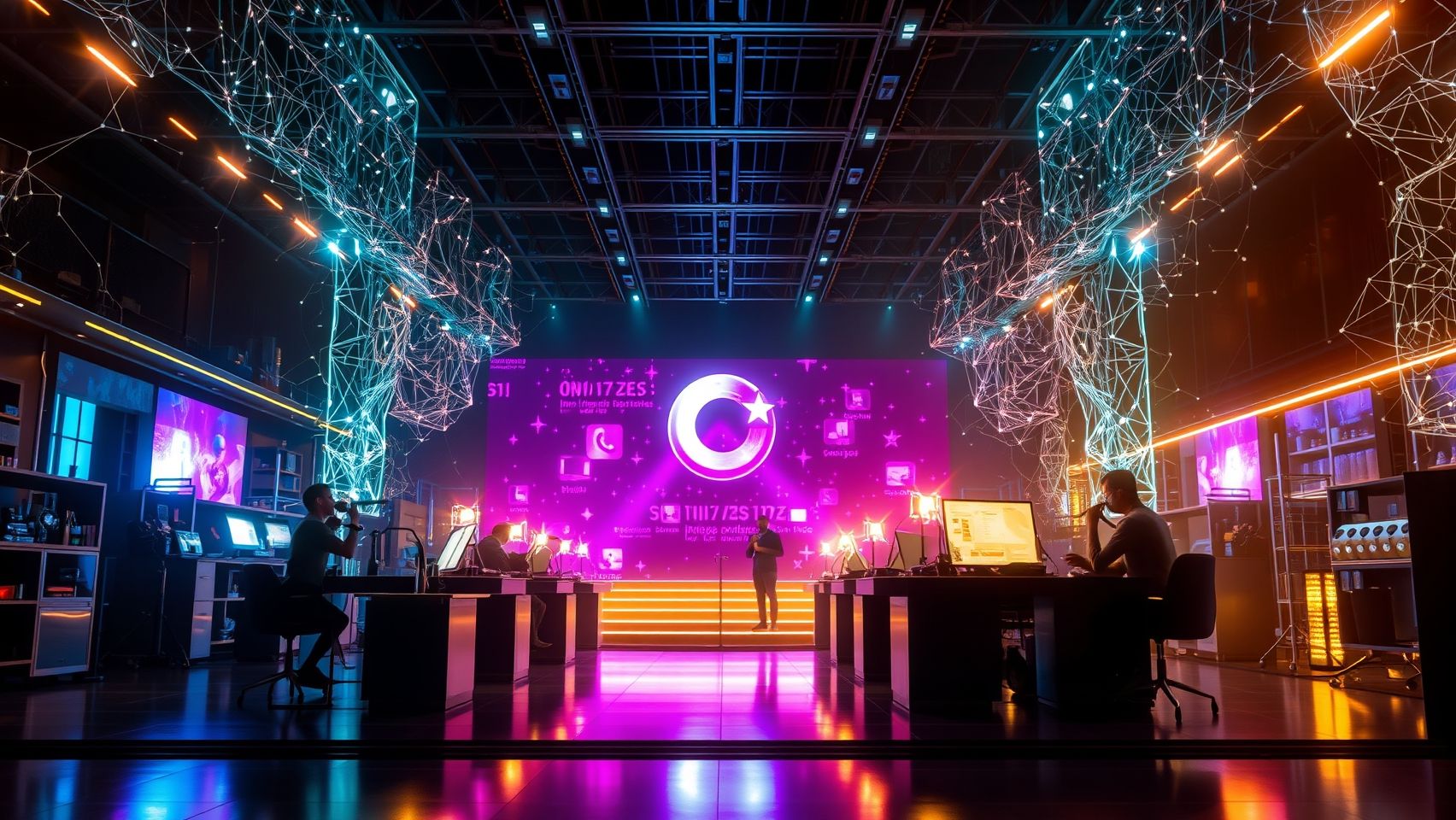Best SEO practices for image alt text help every website owner in India to make pictures work for both search engines and real people. With Google always looking for clear and useful details, writing perfect alt text is easy using a simple formula—describe the picture, use main keywords naturally, keep it short, and make it match page content. This article will show practical steps, real business examples, mistakes to avoid, and mini guides for all shop owners, freelancers, and service providers. You will see how the right alt text brings more traffic, makes your site accessible for everyone, and improves mobile rankings even for beginners.
What Is Alt Text and Why Is It Needed?
Alt text, also called alternative text, is a small description added to an image in your website code. Search engines and screen readers read alt text to know what your image is showing. Good alt text makes your site easy for visually challenged users and helps Google rank your images in search results for more clicks and reach. For Indian local businesses, alt text for photos (products, places, services) can be the easiest way to reach new customers searching with Google Images.
How to Write Effective Alt Text
- Describe the image simply and clearly (what is shown, main object or action)
- Use focus keywords but never force them again and again
- Keep it concise, ideally within 125 characters
- Avoid starting with words like image of or picture of
- Skip alt text for purely decorative or background images (use alt='' empty field)
- Match alt text with page topic and headline
- Never add duplicate or unrelated words for extra keywords
Real Examples for Indian Businesses
For a Mumbai bakery: alt='Fresh chocolate cake with strawberries displayed at Mumbai bakery counter.'
For Pune tuition classes: alt='Group of students attending math tuition class in Pune classroom.'
For Saree shop online: alt='Woman wearing traditional silk saree in popular Delhi saree shop.'
Common Mistakes to Avoid
- Keyword stuffing (using many keywords in one alt text, looks spammy)
- Leaving alt text blank for product or important images
- Repeating same alt text for every image
- Using very long sentences (more than 125 characters)
- Including words not related to the image or page topic
| Bad Alt Text | Good Alt Text |
| image.png: cake | Fresh chocolate cake with strawberries in Mumbai bakery |
| saree1.jpg: best saree shop India shopping buy online silk | Woman wearing silk saree in Delhi shop |
| team.jpg: office team | Digital marketers discussing SEO plan in Ahmedabad office |
Mini Guide: Writing Alt Text for SEO
- Open your website gallery or page
- Check each image and understand its purpose (product, location, service, staff)
- Write a short and simple alt text for every important image using related keyword if possible
- Keep all decorative images empty alt='' so website is not cluttered for screen readers
- Use real context—describe product, place, or service as you would explain over call or WhatsApp
- Test changes using tools like Lighthouse or Google Search Console for accessibility and SEO reports
Using Tools to Improve Alt Text SEO
Popular SEO plugins (AIOSEO, Yoast) help check if alt texts use your main keyword and recommend improvements. Google Search Console shows traffic from images and warns if any alt text is missing or broken. Online generators and AI tools suggest sample alt texts but always edit them for more accuracy before using. Use CSV export from media library to bulk check and update alt texts for large e-commerce or service websites.
Mini Guide: Quick Alt Text Updates for E-commerce
- Export all product images into a spreadsheet
- Write descriptive alt text for every product based on category, color, and featured keyword
- Re-import updated alt text using your website’s image or product manager
- Run an SEO audit and check image search visibility improvement in 2-3 weeks
Alt Text Accessibility and Ranking Benefits
Good alt text means everyone—including users with disabilities—can understand your site. Google values accessibility for higher rankings. Descriptive alt text lifts image visibility in Google search, improves mobile SEO, and sometimes puts your product image in top image carousel or featured snippets. For service providers, staff or place photos use location and action words for extra reach.
Advance Tips for Image Alt Text
- Coordinate alt text with surrounding text and headings for a unified keyword strategy
- Describe image function for buttons like submit, search, or buy (alt='Buy now button' not 'Red button')
- Audit site regularly and fix outdated or missing alt texts for older images
- Use semantic keywords for variety (cake, bakery item, fresh dessert, Mumbai sweets)
Outsource and Automation for Big Websites
If your site has hundreds or thousands of images, automation helps save time. Use trusted SEO agencies, like Search Atlas image alt text guide, for expert optimization and bulk updates. Set up monthly audits with plugins and Google tools to find missing or poor alt text easily.
Niranjan Yamgar’s Final Thoughts
Using image alt text for best SEO is the easiest win for every website owner. Write clear, simple descriptions, use your keyword wisely, and match with the image and page topic. Accessibility is not only good manners, it is good for business. For bulk help, new strategies, and smart automation, see India’s skillful partner for website SEO and grow your traffic with better alt text today! Keep improving and keep growing!
